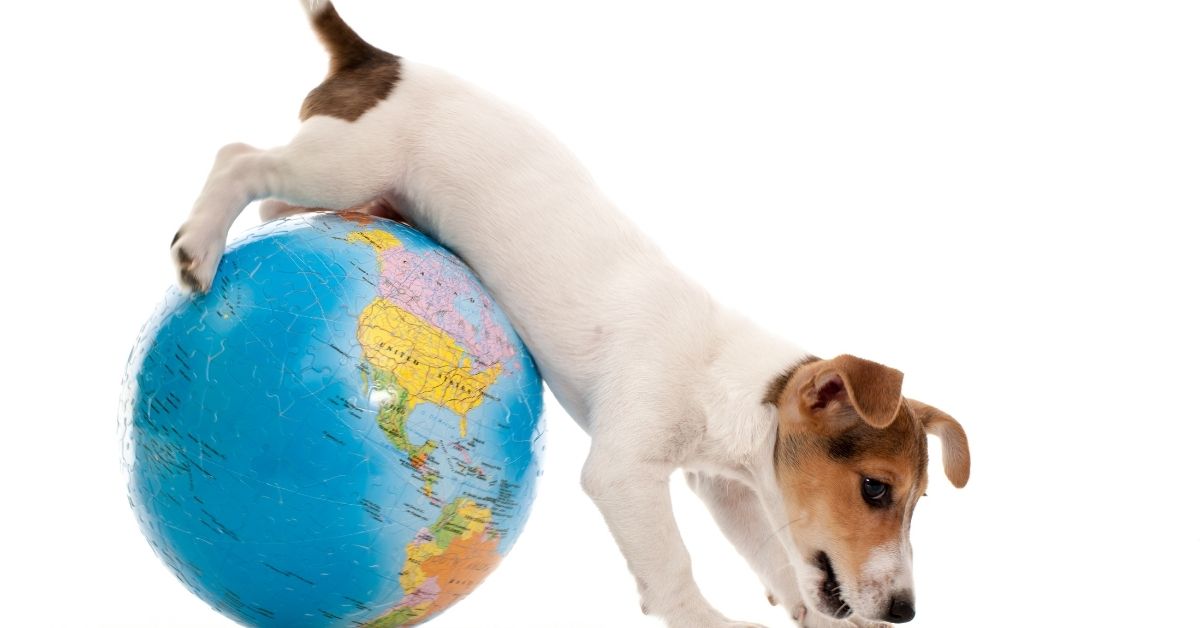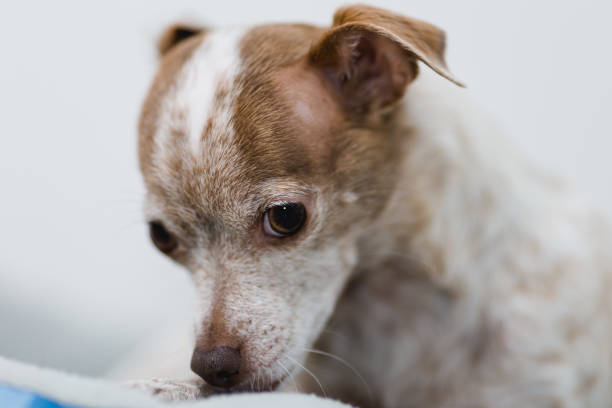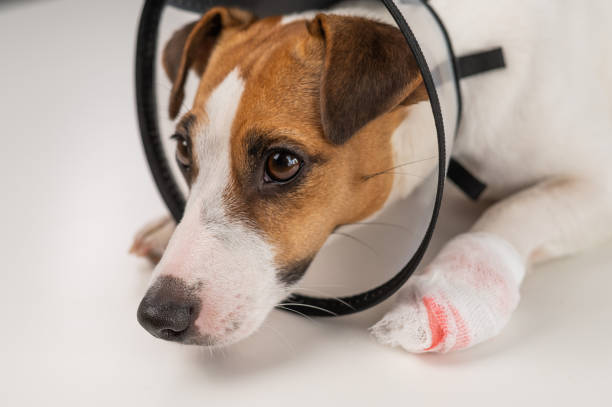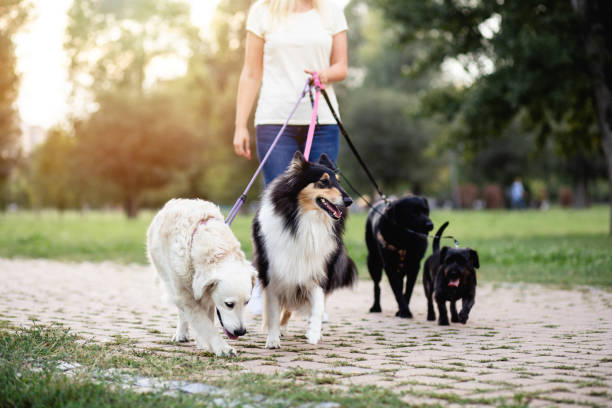Step by Step Guide to Training a Jack Russell Terrier
This post contains affiliate links. This means I will make a commission at no extra cost to you should you click through and make a purchase. Read the full disclosure here.
The Jack Russell Terrier is an energetic and intelligent breed that can make a great pet, but training these dogs properly can be challenging due to their high energy levels and desire to please. If you’re willing to put in the time, however, you’ll find the work can be very rewarding and lead to a long and happy relationship with your pet. Here are some tips on how to train a Jack Russell Terrier.
Do Your Research
It’s important to do your research before you buy anything, whether it’s your first car or food for your new puppy. To train jack russell terriers (or any other dog), you need to understand how they learn and what motivates them. For example, it may be more effective to use praise and treats over punishments like scolding and leash jerks. Before purchasing training supplies (such as leashes, crates, beds, etc.), read reviews from actual customers.
Set Up the Right Environment
The first step in training your dog is to set up an environment that is conducive to his learning. First, make sure he has enough space—Jack Russells are feisty, and can be quite territorial. It’s best for him if you keep him in a small area, or within view of your entire house so he doesn’t think he owns one part of it and you another.
Potty Training
A lot of people make two common mistakes when it comes to potty training their pup. The first is expecting them to understand inside and outside based on an arbitrary word. The second mistake is keeping them locked in a crate all day long, making inside and outside confusing.
If you want your terrier trained quickly, follow these steps:
1) Take them out immediately after they wake up from sleeping.
2) Give them plenty of water before taking them out.
3) Bring treats or praise with you.
4) Praise or give treats as soon as they finish peeing or pooping.
5) Wash paws thoroughly if need be.
6) Do not lock him/her up for any longer than necessary.
7) Keep going throughout their day.
8 ) Provide more play time later.
9 ) Repeat process over and over again until he understands that door leads to outside.
Playtime
Playing with your dog is an extremely effective way of exercising both you and your pet. And, it’s fun! If you are looking for ideas on how to play with your dog, check out some of these suggestions fetch, hide and seek (your dog will love searching for treats or bones in hard-to-reach places), roll around on a blanket together or in grassy areas outside; even simply running alongside one another as you both go about your daily activities can make an impact on fitness levels. Just remember that quality matters more than quantity—you may be able to romp around for hours, but does it really count if your exercise consists mainly of tossing a ball back and forth? Exercise should be interactive and engaging—it’s good both for physical health as well as mental stimulation.
Basic Commands
To begin with, it’s always good to start with some basic commands. These are going to be your go-to when all else fails and you need your pup’s attention. Start with a simple sit command and work from there as needed. Remember that puppies have a shorter attention span so keep training sessions quick—five minutes or less is ideal. Stick to working in one room or space until your dog has mastered each lesson before moving on. You can also keep things fun by using treats and playtime as rewards!
Toys and Treats
Having toys around can keep your dog busy while you’re away. Toys also help your dog stay mentally stimulated, which is important for his overall health and well-being. Keep training treats in your pocket so that you can reward him immediately when he does something right during training sessions. When it comes time to train him, take out one of his favorite toys and use it as a reward during training periods. Playtime with other dogs helps socialize your dog and teaches him how to get along with others.
Walkies!
The basic step in training any dog is teaching it to walk on a leash. The type of collar you use depends on your dog’s behavior and size. A wide choke chain collar works best for a large, strong-willed dog, while a harness or head halter is better for small or fearful dogs (no matter what their size). Getting your pet used to its collar takes time, so it’s best to start when your dog is young.
Obedience Classes (Optional)
It’s easier said than done, but it’s never too early to start training your dog. And while you can teach an old dog new tricks, it’s far more effective (and safe) if you begin training early in your dog’s life. The first six months are a crucial time for socialization; between seven and nine weeks of age is when puppies typically get their first vaccinations and deworming treatments, during which they need careful supervision from responsible owners so that they aren’t exposed to infectious diseases or dangerous situations that could affect their development.
Final Notes
Properly training your terrier is essential if you want to ensure it will be an effective, well-behaved family pet. And while many people are aware of these rules, few actually follow them. Hope you found this guide helpful.














![How Much Exercise Does A Jack Russell Terrier Need? [Complete guide for all life stages] How Much Exercise Does A Jack Russell Terrier Need? [Complete guide for all life stages]](https://jackrusselterrier.net/wp-content/uploads/2023/03/istockphoto-1149531679-612x612-1.jpg)